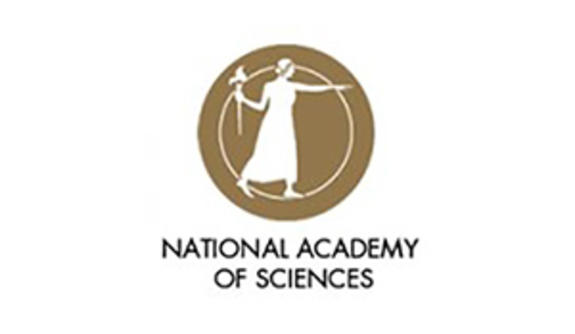Part 2 of 3 Parts (Please read Part 1 first)
NASA’s proposed new radiation exposure limits for astronauts would still be lower than limits set by other space agencies such as those of the European Union, Russian, and Canadian astronauts are permitted to receive exposure up to one thousand mSv before they are retired from space missions. NASA is not concerned about having a tighter limit to radiation exposure than these other space agencies.
David Francisco is a technical fellow for human spaceflight standards at NASA’s Office of the Chief Medical Officer. He said, “It’s a different risk posture in what we feel is acceptable risk. We picked 600 because we feel it’s more acceptable to our culture. It’s something we constantly work on and go back and forth on. We debated on going to 1,000, and that’s one of the questions: Are we still being conservative with 600?”
In order to resolve questions about safe limits for radiation exposure for astronauts, NASA turned to an expert panel from the National Academy of Sciences to determine the best limit for radiation exposure to use. The panel started holding meeting last month and is expected to complete its considerations of radiation exposure limits by this summer. The expert panel will investigate how NASA has calculated its new radiation exposure limits, and how those new limits match up with existing animals studies and existing clinical data for human subjects.
In order to understand how radiation exposure is linked to cancers, medical researchers have been following the survivors of the atomic bombs that were dropped on Japan duering World War II. The health of the survivor’s children has also been tracked. There have been studies of medical workers who have been exposed to x-rays. Nuclear plant workers have been monitored because they receive low doses of radiation over the course of their careers. However, NASA does not have much information on the effects of radiation in space on astronauts.
One reason for NASA’s lack of radiation impacts is the fact that even though the ISS has been hosting astronauts for twenty years, it is not a very good place to study the effects of radiation on the human body because the ISS orbits inside the protective magnetic field of the Earth. Once a spacecraft and its astronauts travel beyond the protective magnetic field, the radiation risk increases.
Amy Berrington de González is a senior investigator and cancer epidemiologist at the National Cancer Institute, and a member of the panel exploring radiation risk for NASA. She said, “What we know is the cancer risk is likely to be higher, but exactly how much higher and whether different tissue will be affected in certain ways isn’t clear. A dose of protons to the brain might be different than a dose of protons to the stomach. There’s a lot more uncertainty of the carcinogenic effects.”
It is difficult to predict exactly how radiation exposure on a given deep-space mission a particular astronaut. The amount of radiation that exists between the Earth and Mars was measured by sensors on rover missions sent to Mars. The real challenge is deciding what space radiation will to do a human being. Berrington de González said, “It’s even difficult to project risk for a CT scan. When you take it to space radiation, there are all different types of space radiation exposure. It’s not x-rays and gamma rays, it’s also protons and other particles that we have very little data for.”
Please read Part 3 next
NASA Reconsidering Radiation Exposure Limits For Astronauts – Part 2 of 3 Parts

Written by
in
